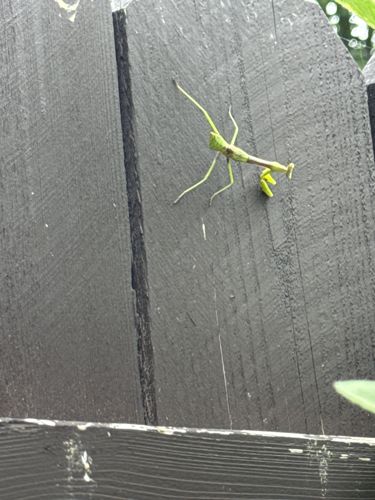Praying Mantis
Scientific Name: Various species, commonly Mantis religiosa or Tenodera sinensis (depending on region)
Order & Family: Order Mantodea, Family Mantidae (though many species are now placed in other families within Mantodea)
Size: Typically from 0.5 to 6 inches (1 to 15 cm), with females generally larger than males. The size varies significantly between species.

Natural Habitat
Praying mantises are widely distributed across temperate and tropical regions. They prefer areas with dense vegetation, such as gardens, meadows, grasslands, and shrubs, where they can camouflage effectively and find ample prey.
Diet & Feeding
Strictly carnivorous. Their diet consists almost entirely of other insects and small invertebrates, such as flies, moths, crickets, butterflies, and sometimes even small lizards or frogs. They use their spiky forelegs to quickly snatch and hold their prey.
Behavior Patterns
Mantises are predatory insects known for their distinctive upright posture, holding their grasping forelegs in a prayer-like position. They are ambush predators, often remaining motionless and blending with their surroundings (camouflage) until prey comes within striking distance. They have excellent eyesight and can rotate their heads 180 degrees. Mating can be complex, and sexual cannibalism (female eating the male during or after mating) is observed in some species.
Risks & Benefits
Praying mantises pose no risk to humans; they are not venomous and do not bite unless severely provoked, and even then, a bite is harmless. They are highly beneficial insects in gardens and agricultural settings as they are natural predators of many garden pests, helping to control insect populations without the need for chemical pesticides.
Identified on: 8/23/2025